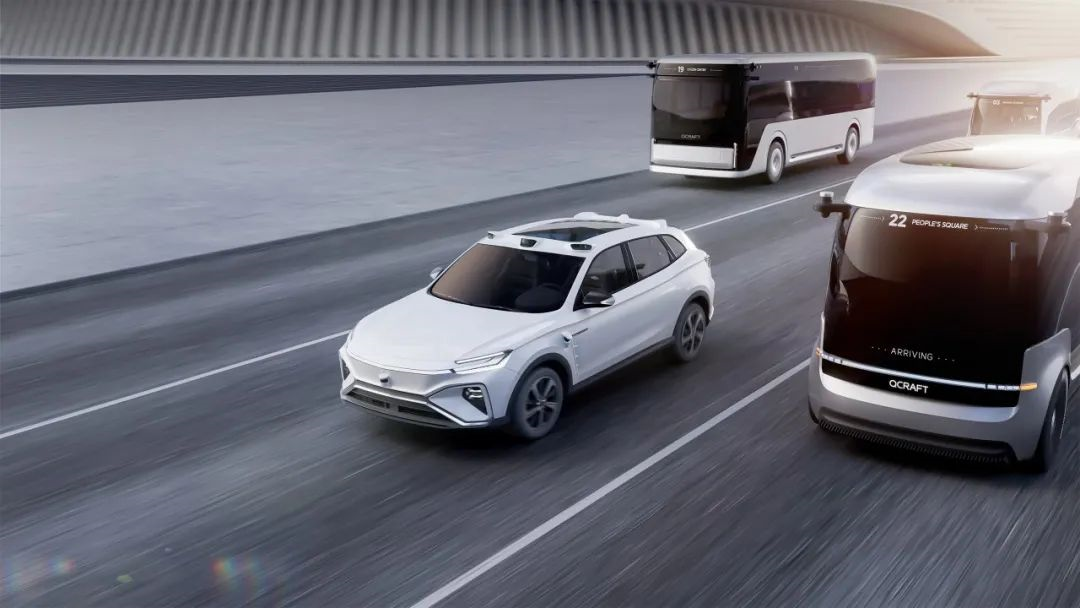文 | Ao Ao Hu
If autonomous driving cars were only 10,000 yuan more expensive than regular cars, would they be closer to us? During the first QCRAFT DAY brand event held by the three-year-old autonomous driving start-up known as QCraft on May 18th, the fourth-generation mass-produced car-grade autonomous driving solution DBQ V4 was launched. The cost estimate provided was particularly enticing.
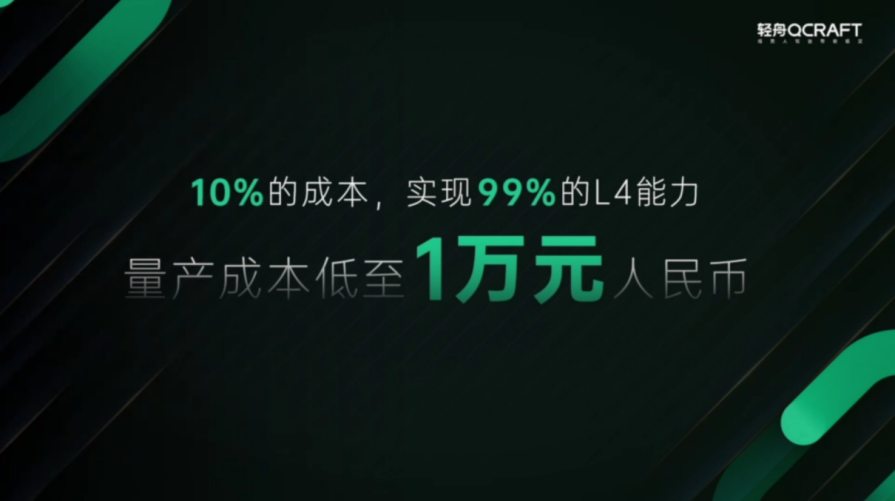
According to QCraft, the DBQ V4 has strong hardware expansion and configuration adaptability. Among the three sets of solutions currently provided, the highest can support up to five lidar sensors, four blind spot sensors, six millimeter wave radars, and 12 cameras, while the standard version is designed with a single laser radar core.
The entire system can adapt to sensors such as lidar from different vendors, helping B-end users reduce hardware costs. QCraft emphasized that the system can be made from entirely domestic parts. Considering the current lidar market situation, this provides not only more cost reduction potential but also better capacity delivery guarantees.
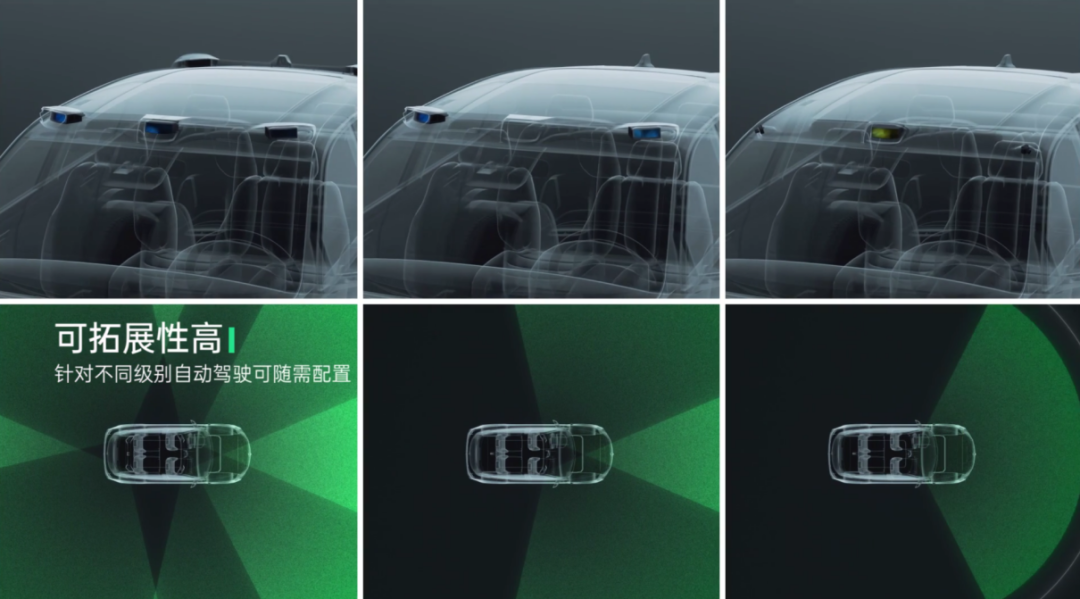
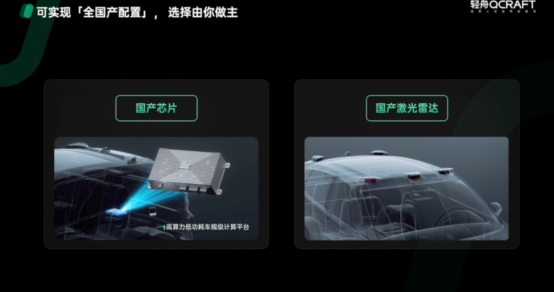
At the same time, QCraft also announced a strategic partnership with Horizon to jointly develop and adapt high-level autonomous driving mass-production solutions based on their respective product advantages. The computing platform used in DBQ V4 comes from the Horizon Journey series of car-grade AI chips.
Finally, the “as low as 10,000 yuan” estimate likely referred to the single laser radar standard version. Nevertheless, even the most basic version’s ultra-low cost of 10,000 yuan requires mass production (and amortization) to achieve. Although it is very tempting, it is important to note that real achievement requires conditions.
QCraft’s DBQ V4 solution claims to achieve nearly L4 level of unmanned driving ability within a budget of 10,000 yuan. In addition to the B-end solutions, QCraft also announced a collaboration with T3 to launch Robotaxi operations in Suzhou starting in July.Last year, Qianzhou Zhixing cooperated with Dongfeng Yuetang to launch Sharing Bus, a self-driving shuttle bus for short trips, which has now landed and started serving in Wuhan and other cities. This time, Qianzhou Zhixing has released “Longzhou SPACE” for public roads as part of its brand upgrade. This brand-new commercial self-driving vehicle is no longer limited to short-distance shuttle, but can be flexibly customized and expanded for cargo transportation, passenger transportation, sales, special purposes and other space configurations.
The difference between the L2 level that has become mature today and the L4-L5 level of fully autonomous driving that we understand in the true sense is qualitative. To achieve connectivity between L2 and L3 level assisted driving and L4 level autonomous driving, Qianzhou Zhixing has a lot to do. For example, in the demonstration of DBQ V4, Qianzhou mentioned the original “Space-Time Joint Planning”.
This is often criticized in advanced driver assistance systems. When encountering “unruly and unsafe” road conditions, the vehicle can only slow down and wait. Regardless of whether there is room for other operations, the operator cannot let go of their hands and feet. For example, when encountering slow-moving non-motorized vehicles, conventional assisted driving can only follow behind, but “Space-Time Joint Planning” allows the vehicle to achieve overtaking during the safe “time window” of oncoming vehicles, improving efficiency on the premise of ensuring safety.
The Qianzhou Zhixing test vehicle in the demonstration is already very close to the full automation capability required for fully autonomous driving. The vehicle can pass through narrow environments, navigate complex environments with both pedestrians and vehicles, know how to borrow lanes to avoid obstacles when appropriate, and even have the ability to compete with oncoming vehicles in multiple vehicle environments, and to quickly pass when the other party shows the sign of giving way…
Although there is still room for improvement in such automation capabilities, it is enough to make today’s old drivers who were once crazily hitting the steering wheel and cursing the stupidity of ADAS exclaim that times have changed and that autonomous driving cars are no longer a fairy tale.On the one hand, it can speed up the implementation of Robotaxi services and help QZ Navigation improve and perfect its ability to achieve L4 level autonomous driving on public roads. On the other hand, it launches a low-cost front-loading mass production solution to attract more B2B customers with cost-effectiveness, achieving scale and wide application as the horizontal innovation engine.
QZ Navigation calls this strategy a dual-engine strategy, where improving L4 level autonomous driving capability is the vertical driving force and accelerating the mass production of front-loading solutions is the horizontal innovation engine.
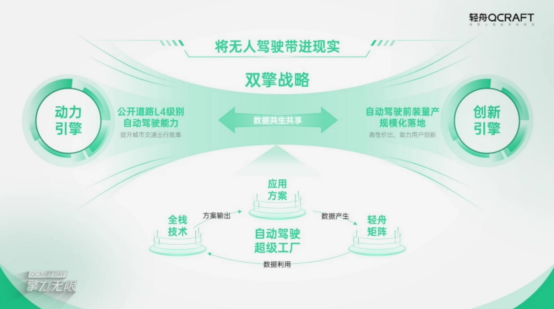
To achieve the phased dream of L4 autonomous driving technology, QZ Navigation also released its self-developed autonomous driving research and development toolkit, QZ Matrix. Through a streamlined process of data processing, labeling, training, and simulation, the toolkit allows for efficient use of massive vehicle data. The methodology of the entire process is aptly known as the “Autonomous Driving Super Factory” by QZ Navigation.
Undeniably, the L4 level autonomous driving is still relatively distant in today’s market where L3 level driving hasn’t been widely adopted. However, it is precisely because of this that innovative companies that spare no effort in cost reduction, early application, and research and development are more worthy of our attention.
This article is a translation by ChatGPT of a Chinese report from 42HOW. If you have any questions about it, please email bd@42how.com.
